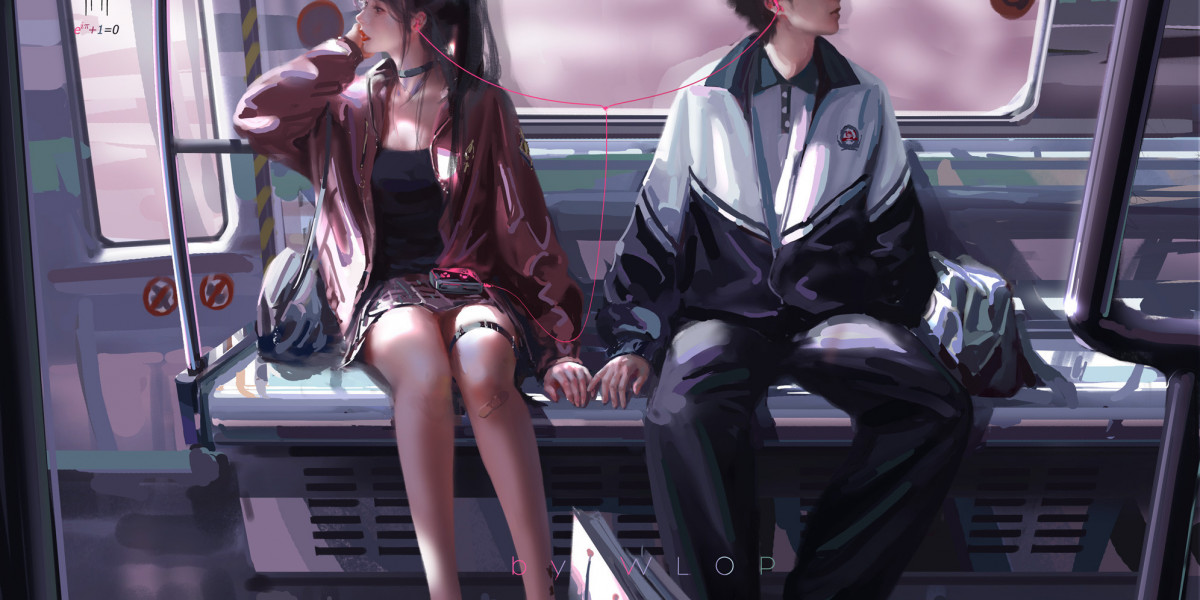Unlock the Secrets: Must-Have Accessories Every Videographer Needs!
As any seasoned videographer will tell you, the quality of your work is often determined by the tools you have at your disposal. While cameras and lenses are crucial, the right accessories can make all the difference in achieving that professional touch. Whether you're a budding filmmaker or a seasoned pro, understanding the importance of a well-stocked videographer’s accessory pack is vital. In this article, we'll delve into the essentials that every videographer should consider including in their toolkit. From stabilizers to lighting equipment, you'll discover how these accessories can enhance your productions and elevate your storytelling capabilities.

Understanding a Videographer’s Accessory Pack
A videographer's accessory pack is more than just a collection of tools; it's a carefully curated selection designed to complement your primary gear and enhance your video production quality. Accessories serve various roles, from stabilizing your camera to improving audio quality. They help mitigate challenges you may encounter during shoots, ensuring that you capture the best possible footage. Having a comprehensive accessory pack means you're prepared for any scenario, whether you're filming a wedding, a corporate event, or a documentary. This foresight can set you apart in a competitive industry, making your work not just good, but exceptional.
Essential Accessories for Every Videographer
When assembling your videographer's accessory pack, there are several must-have items that will significantly benefit your shooting experience. These accessories not only enhance the quality of your footage but also make the process smoother and more efficient. Here are the essential accessories every videographer should consider:
Camera Stabilizers
One of the most crucial accessories for any videographer is a camera stabilizer. Smooth, shake-free footage is a hallmark of professional video production. Stabilizers come in various forms, from handheld gimbals to shoulder rigs, each designed to support your camera while you move. When I was filming a friend's short film, we used a gimbal that allowed us to glide through scenes effortlessly, creating a cinematic feel that truly brought the story to life. Without this stabilizer, our footage would have been shaky and unwatchable.
Tripods and Monopods
When it comes to stability, tripods and monopods are indispensable. Tripods provide a stable base for shooting stationary scenes, allowing for precise framing and long exposures, while monopods offer flexibility and mobility during dynamic shoots. I remember shooting an event where I switched between a tripod for interviews and a monopod for capturing the action in the crowd. Each provided the stability I needed at different moments, proving the importance of having both options available.
Lighting Equipment
Good lighting can transform a scene, highlighting the subject and adding depth and dimension. Whether you are shooting indoors or outdoors, having the right lighting equipment is essential. Consider investing in portable LED lights or softboxes to enhance your setups. A friend of mine, who specializes in wedding videography, always brings extra lights to ensure every shot is beautifully illuminated, especially during the evening. The difference is often night and day, making the footage look more polished and professional.
Microphones and Audio Equipment
While video quality is paramount, audio is just as important. Poor sound can ruin an otherwise perfect video. Investing in quality microphones—whether lavalier, shotgun, or handheld—can drastically improve your audio capture. During a recent project, I learned the hard way about the significance of audio; we had to redo several interviews because the built-in camera mic couldn't pick up the sound clearly. Quality audio equipment is essential for creating a seamless viewing experience.
Extra Batteries and Storage Solutions
When you're in the middle of a shoot, the last thing you want is to run out of power or storage. Extra batteries are a must to ensure your camera doesn't die at a critical moment, and having additional memory cards on hand can prevent the panic of running out of space. A fellow videographer once shared a story about a corporate shoot where he lost valuable footage because he didn't have enough storage. Since then, he's made it a point to carry multiple cards and batteries, and it has saved him countless headaches.
Advanced Accessories That Can Elevate Your Videography
Once you've mastered the essential accessories, consider exploring more advanced tools that can take your videography to the next level. These accessories can add unique perspectives and dynamic movement to your videos, making them stand out. Here are some advanced accessories to consider:
Using Drones for Aerial Shots
Drones have revolutionized videography, allowing filmmakers to capture stunning aerial shots that were once only possible with a helicopter. They provide a unique perspective that can enhance storytelling by showcasing landscapes or creating dramatic transitions. I had the opportunity to use a drone for a project, and the aerial footage not only added depth but also offered viewers a fresh perspective that truly captivated them.
Gimbals for Smooth Motion
Gimbals are sophisticated stabilizing devices that allow for smooth motion shots, even while you're on the move. They are particularly useful for tracking shots or dynamic scenes where camera shake would detract from the overall quality. Using a gimbal during a recent short film project allowed us to achieve those sweeping movements that brought the scenes to life, giving it a professional polish that was well received by our audience.
Sliders for Dynamic Shots
Sliders are ideal for creating smooth, horizontal or vertical camera movements, adding a sense of motion to otherwise static shots. They can help emphasize a subject or create a dramatic reveal. I recall using a slider for a product video, and the subtle movement made the product appear more dynamic and engaging, enhancing the viewer's interest.
Unlocking Your Videography Potential
In summary, a well-rounded videographer’s accessory pack is essential for both amateur and professional videographers aiming to produce high-quality videos. From the fundamental tools like stabilizers and lighting equipment to advanced accessories like drones and sliders, each item plays a significant role in enhancing your work. By carefully considering your needs and investing in the right accessories, you can improve your filming experience and elevate the quality of your productions. So, as you prepare for your next shoot, take a moment to assess your accessory pack and ensure you're equipped for success!








